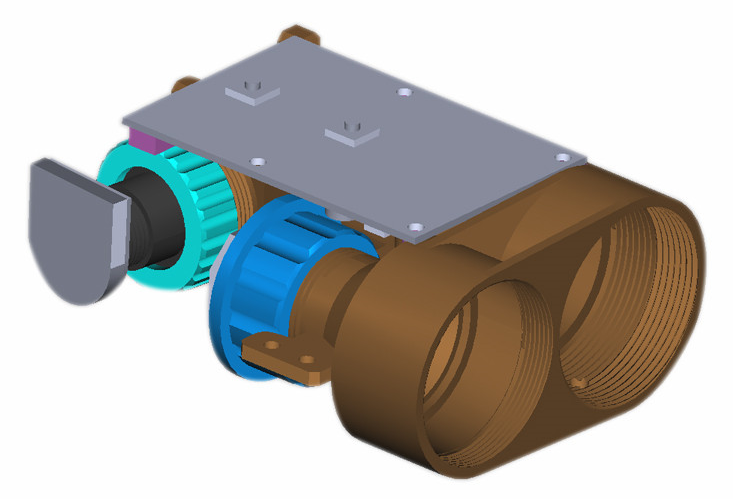Laser rangefinder module, which has two application, one is mainly designed for long distance range finder, another is for secondary development industrial Laser Distance Sensor, which support ttl/usb/rs232/rs485 adapter output data.
With different range measuring program, JRT laser measure tools module, can satisfy customers` different requirements, 200m, 300m, 500m, 1000m, 1200m, 1500m, 3000m.
We have been in this line for 10 years, with a strong R&D ability and hard working, we are now a leading supplier of Laser Distance Meter modules in China.
Product Specifications:
|
Measuring Range (without Reflection) |
5-500m/5-1000m/5-1500m/5-3000m |
|
Accuracy |
±1 m |
|
Laser Class |
Class I |
|
Laser Type |
905nm |
|
Magnification |
6X |
|
Battery type |
CR2-3V |
|
Operating Temperature |
-10-50 ℃ (14-122 ℉ ) |
|
Size |
28*69*60mm |
|
Weight |
About 4g |
|
Operating Temperature |
-10-50 ℃ (14-122 ℉ ) |
|
Storage Temperature |
-25~60 ℃ (-13~140 ℉) |

Laser Rangefinder Sensor,Laser Range finder Sensor,Laser Rangefinder Module,Laser Range Finder Module
Chengdu JRT Meter Technology Co., Ltd , https://www.cdlaserdistancemeter.com